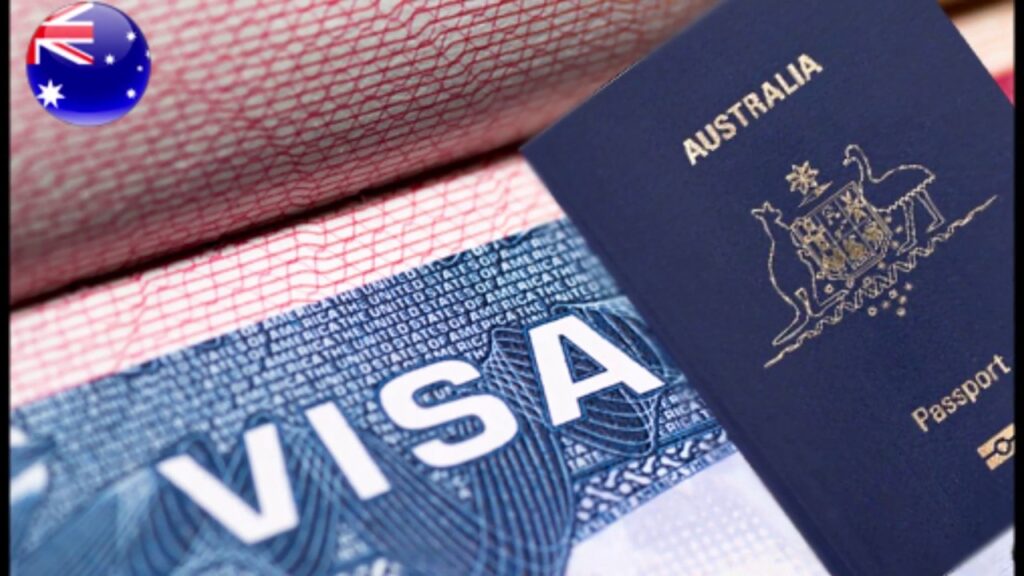Australia has long been a top destination for skilled workers from around the world, offering high living standards, competitive wages, and a multicultural society. However, in recent years, the country’s migration policies have shifted significantly to address the unique labour needs of its regional and remote areas. Enter the DAMA visa—short for Designated Area Migration Agreement—an immigration pathway that opens doors for foreign workers in industries that are experiencing acute skills shortages in specific regions of Australia.The DAMA is not just another temporary visa or a narrow work opportunity. It’s a tailored agreement between the Australian Government and regional authorities that allows employers in those areas to sponsor skilled and semi-skilled overseas workers. Unlike some general migration programs, DAMA agreements are highly localised and reflect the unique economic needs of specific regions. This makes them particularly attractive for migrants who may not qualify under traditional visa routes due to age, skill level, or English proficiency—but who still have much to contribute.In this article, we’ll break down everything you need to know about the DAMA visa—how it works, who qualifies, the benefits it offers, how to apply, and what to expect from life under the DAMA scheme. Whether you’re a skilled professional seeking a new life in Australia or an employer in a regional area looking to fill key roles, this guide will give you the full picture. There are currently multiple DAMA agreements in place across different regions of Australia, including:
There are currently multiple DAMA agreements in place across different regions of Australia, including:
What is the DAMA Visa?
The DAMA visa is not a standalone visa subclass. Rather, it is a labour agreement program that provides concessions to certain visa requirements under the Temporary Skill Shortage (subclass 482), Employer Nomination Scheme (subclass 186), and sometimes the Skilled Employer Sponsored Regional (Provisional) visa (subclass 494).These agreements are negotiated between the Australian Government and local governments, chambers of commerce, or industry bodies in regional areas. The purpose is to address labour shortages that cannot be filled by the local workforce. There are currently multiple DAMA agreements in place across different regions of Australia, including:
There are currently multiple DAMA agreements in place across different regions of Australia, including:- Northern Territory
- South Australia (Adelaide City and Regional South Australia)
- Far North Queensland
- Orana Region (NSW)
- Goldfields (WA)
- Goulburn Valley (VIC)
- Pilbara
- And more…
Key Features and Benefits of the Visa
This visa stands out because it is customised and offers significant flexibility. Here are some of its main features:1. Occupation Flexibility
Unlike the standard skilled occupation lists used for general skilled migration, DAMA agreements can include a broader range of roles—including semi-skilled positions not usually eligible for sponsorship under standard visa pathways. For example, truck drivers, aged care workers, bar attendants, and hospitality managers can often be sponsored under DAMA.2. Concessions on English Language Requirements
Standard skilled migration visas often require high levels of English proficiency. DAMA agreements may reduce the required scores, making it easier for competent but non-fluent English speakers to qualify.3. Age Limit Flexibility
Under the usual Employer Nomination Scheme (subclass 186), the age limit is generally 45 years. However, DAMA arrangements may allow concessions for older applicants—sometimes up to 55 years—especially when they are on a pathway to permanent residency.4. Permanent Residency Pathway
One of the most attractive aspects of this is that it often provides a clear route to permanent residency. After working in a regional area for a few years under a DAMA arrangement, visa holders may be eligible to apply for a permanent visa through the ENS subclass 186 or another regional PR visa.5. Skills and Experience Concessions
In some cases, DAMAs allow for applicants with slightly lower qualifications or experience than would be required under standard migration criteria. This benefits employers who need workers urgently and gives migrants more flexibility.6. Supports Regional Growth
Who Can Apply for the Visa?
This visa is generally intended for:- Skilled and semi-skilled overseas workers
- Applicants who have a job offer from an approved employer in a DAMA region
- Workers in occupations listed under a specific region’s occupation list
- Individuals who may not meet the usual visa criteria due to age, English level, or qualifications
Eligibility Criteria (General)
Each DAMA region has slightly different criteria, but broadly speaking, applicants must:- Have a job offer from a DAMA-endorsed employer
- Possess skills and qualifications matching one of the occupations on the region’s DAMA list
- Meet health and character requirements
- Have relevant work experience (usually 1–3 years)
- Demonstrate English language skills (concessions may apply)
- Be willing to live and work in a regional area
How to Apply for the Visa: Step-by-Step Guide
Step 1: Check if Your Occupation is on a DAMA List
Start by reviewing the DAMA occupation list for the region you’re interested in. Each region maintains its own list with varying requirements and concessions.Step 2: Secure a Job Offer from an Approved Employer
You must be sponsored by an employer who holds a DAMA Labour Agreement with the Australian Government. This employer must demonstrate they have been unable to find a suitable local worker for the role.Step 3: Get Endorsed by the Regional Authority
Before an employer can nominate you, they must apply for endorsement from the relevant regional authority (e.g., Northern Territory Government, Regional Development Australia). This endorsement is region-specific and is a prerequisite for the labour agreement.Step 4: Employer Applies for a Labor Agreement
Once endorsed, the employer submits an application to the Department of Home Affairs for a Labour Agreement. This agreement allows them to nominate foreign workers under specific terms and concessions.Step 5: Apply for the Visa
Once the labour agreement is approved, your employer can nominate you for the visa, and you can then lodge your application with the Department of Home Affairs. Depending on your circumstances, this may be a Temporary Skill Shortage visa (subclass 482), subclass 494, or subclass 186.Step 6: Transition to Permanent Residency (if eligible)
After meeting the terms of your visa (often 2-3 years of work in the region), you may be eligible to apply for permanent residency through the Employer Nomination Scheme or another pathway.Challenges and Considerations
While this visa offers numerous benefits, it’s important to weigh the realities and potential drawbacks:- Location Commitment: You must live and work in regional or remote areas. These regions may have limited infrastructure, social amenities, or cultural diversity compared to urban centres.
- Employer Dependence: Your visa is tied to your employer. If your job ends prematurely, your visa status may be affected.
- Lower Wages in Some Roles: While DAMA roles must meet Australian market standards, some semi-skilled positions may offer lower pay than what’s available in major cities.
- Visa Processing Time: The DAMA process is longer than typical visa applications due to the multiple steps involved (endorsement, labour agreement, nomination, and visa).
- No Independent Application: You cannot apply for a DAMA visa without employer sponsorship and regional endorsement.
